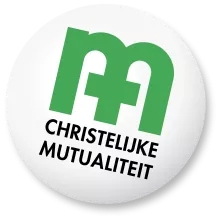In vitro fertilisation
With in-vitro fertilization (IVF), egg and sperm cells are brought together in the laboratory to enable fertilization. An embryo grows from the fertilized egg and is placed in the uterus. If a pregnancy occurs after this, we call it a test tube baby.
We divide the medicines used for this into three groups, called lump sums for Medically Assisted Reproduction (MBV):
- MBV 1 : medicines for the in vitro fertilization itself;
- MBV 2 : medicines for egg donation;
- MBV 3 : drugs for ultrauterine insemination or for the stimulation of follicular development.
The lump sums cover all costs for pharmaceutical specialties, even if the treatment is stopped. This does not apply to a donor. The same arrangement applies to intracytoplasmic sperm injection (ICSI).
Send CM your application form
During your consultation with the gynecologist you will receive a completed application form:
- or your gynecologist will give you that form and you submit it to CM's consulting physician.
- or the gynecologist sends that form directly to CM's consulting physician
After approval, you only pay the co-payment
After approval by the advising doctor, you will receive a reimbursement from the health insurance for these MBV lump sums (if the cycle has been completed completely) and you only pay the co-payment.
Maximum 6 treatment cycles
You can be approved for up to six treatment cycles.
What are the conditions?
- You are younger than 43 years old.
- A fertility center with an A or B accreditation carries out the treatment.
